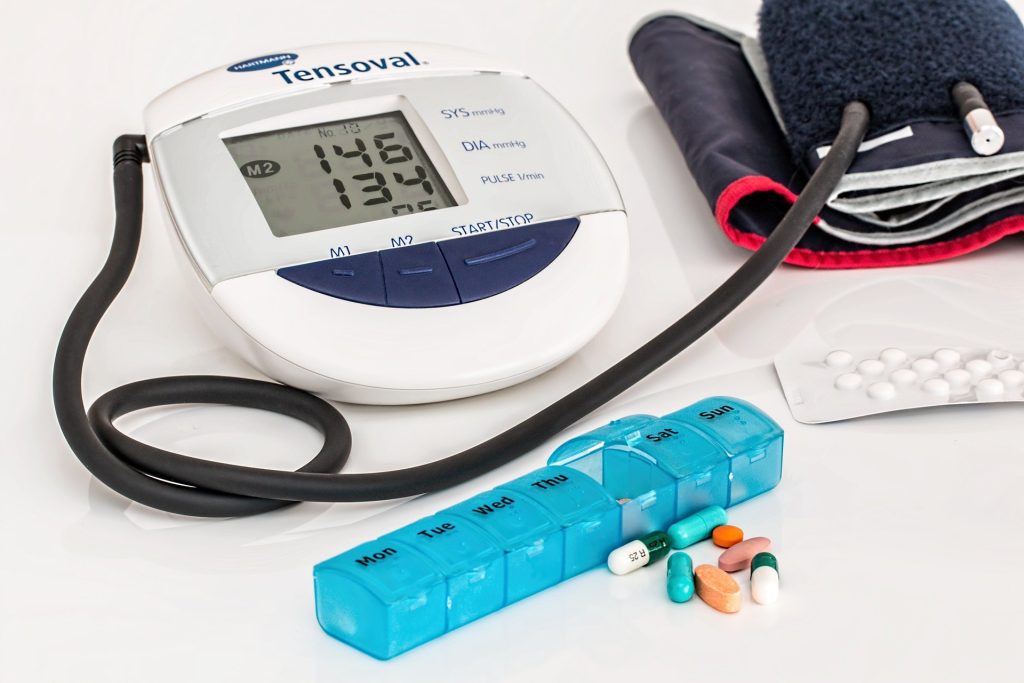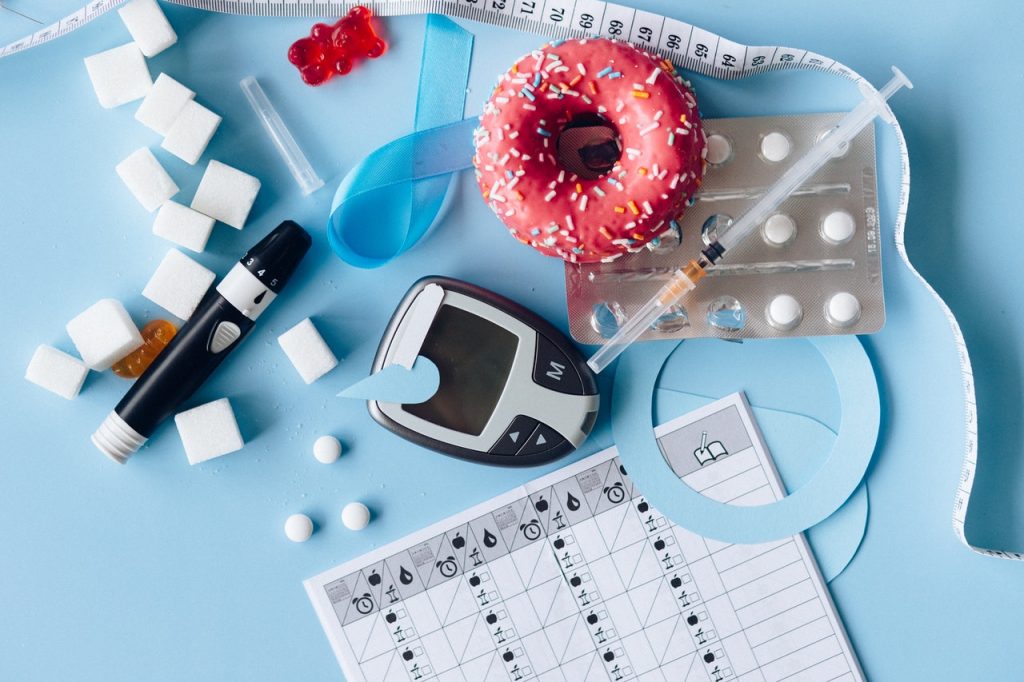Blood Pressure Rise on Standing up Linked to Cardiovascular Risk

Among young and middle-aged adults with high blood pressure, a substantial rise in blood pressure upon standing may identify those with a higher risk of serious cardiovascular events, such as heart attack and stroke, according to new research published in the journal Hypertension.
“This finding may warrant starting blood-pressure-lowering treatment including medicines earlier in patients with exaggerated blood pressure response to standing,” said Professor Paolo Palatini, MD, lead author of the study.
Blood pressure usually falls slightly upon standing up. In this study, researchers assessed whether the opposite response – a significant rise in systolic blood pressure upon standing – is a risk factor for heart attack and other serious cardiovascular events.
Researchers recruited 1207 people aged 18-45 years old with untreated stage 1 hypertension, from the ongoing HARVEST study which started in 1990. Stage 1 hypertension was defined as systolic blood pressure of 140–159 mm Hg and/or diastolic BP 90–100 mm Hg. None had taken blood pressure-lowering medication prior to the study, and all were initially classed as low risk for major cardiovascular events based on lifestyle and medical history.
The researchers took six blood pressure measurements in various physical positions, including when lying down and after standing up. The 120 participants with the highest rise (top 10%) in blood pressure upon standing averaged an 11.4mmHg increase; all increases in this group were greater than 6.5mmHg. Remaining participants averaged a 3.8mmHg fall in systolic blood pressure upon standing.
The researchers compared heart disease risk factors, laboratory measures and the occurrence of major cardiovascular events (heart attack, heart-related chest pain, stroke, aneurysm of the aortic artery, clogged peripheral arteries) and chronic kidney disease among participants in the two groups. In some analyses, the development of atrial fibrillation, an arrhythmia that is a major risk factor for stroke, was also noted. Results were adjusted for age, gender, parental history of heart disease, and several lifestyle factors and measurements taken during study enrolment.
During an average 17-year follow-up, there were 105 major cardiovascular events among the participants. The most common were heart attack, heart-related chest pain and stroke.
People in the top 10% for rise in blood pressure:
- had nearly twice the risk for a major cardiovascular event compared to the others;
- did not generally have a higher risk profile for cardiovascular events during their initial evaluation (outside of the exaggerated blood pressure response to standing);
- were more likely to be smokers (32.1% vs 19.9% in the non-rising group), yet physical activity levels were comparable, and they were not more likely to be overweight or obese, and no more likely to have a family history of cardiovascular events;
- had more favourable cholesterol levels (lower total cholesterol and higher high-density-lipoprotein cholesterol);
- had lower systolic blood pressure when lying down than the other group (140.5 mm Hg vs. 146.0 mm Hg, respectively), yet blood pressure measures were higher when taken over 24 hours.
After adjusting for average blood pressure taken over 24 hours, an exaggerated blood pressure response to standing remained an independent predictor of adverse heart events or stroke.
“The results of the study confirmed our initial hypothesis – a pronounced increase in blood pressure from lying to standing could be prognostically important in young people with high blood pressure. We were rather surprised that even a relatively small increase in standing blood pressure (6-7 mm Hg) was predictive of major cardiac events in the long run,” said Prof Palatini.
In a subset who had stress hormones measured from 24-hour urine samples, the epinephrine/creatinine ratio was higher in the people with rising BP compared to non-risers (118.4 nmol/mol vs 77.0 nmol/mol, respectively).
“Epinephrine levels are an estimate of the global effect of stressful stimuli over the 24 hours. This suggests that those with the highest blood pressure when standing may have an increased sympathetic response to stressors,” said Prof Palatini. “Overall, this causes an increase in average blood pressure.”
“The findings suggest that blood pressure upon standing should be measured in order to tailor treatment for patients with high blood pressure, and potentially, a more aggressive approach to lifestyle changes and blood-pressure-lowering therapy may be considered for people with an elevated blood pressure response to standing,” he said.
Source: American Heart Association








